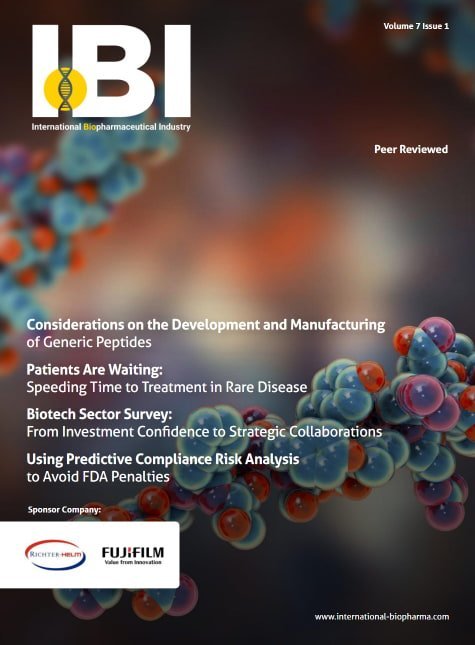
Three days into the BIO International convention, the industry group touted breaking the Guinness World Record for the largest business partnering meeting. BIO is hoping the record serves as “proof” that it’s the “premier” event for biotech and pharma leaders.
While the number of companies that attend the meeting has gone up slightly each year — from 5.709 in 2012 to 6,575 in 2017, the number of partnering meetings has grown from 25,291 to 41,406 over the same time period.
Pfizer places small bet on neuro
Despite announcing earlier this year that it is pulling out of the neuroscience space, Pfizer mixed things up this morning with an announcement that it is increasing its investment in its venture capital arm and contributing a portion of that toward the neuroscience space.
The big pharma said Wednesday that it will invest $600 million in Pfizer Ventures and that 25%, or about $150 million, will go toward early-stage neuroscience companies, with a focus on neuro-degeneration, neuro-inflammation and neuro-metabolic disorders.
The venture fund already invests in six other neuroscience companies, including Aquinnah, Autifony, Cortexyme, MindImmune, Mission and Neuronetics, and was also integral in creating the Dementia Discovery Fund.
“Our internal R&D, we want to focus on areas where we can see end-to-end opportunity for us from discovery to late-stage development to proof-of-concept in the marketplace. Before the neuroscience announcement this year, we were in six areas. We had end-to-end success in five of those areas,” Mikael Dolsten, Pfizer’s president of worldwide R&D, told an audience at the convention.
Dolsten acknowledged that the company had some promising neuroscience assets in its pipeline. But noted that the big pharma didn’t want to limit itself to just those opportunities and wanted to explore some of the other science going on in the space.
“We felt we’d rather participate as a venture group with numerous others and spread our funding over more bets …we thought that would be a proper way of supporting neuroscience,” he said.
When asked whether Pfizer would ever bring neuroscience back in-house, Dolsten hedged and said R&D priorities are always changing. “While it doesn’t seem in the near-term … we always review how we do capital allocation best to the benefit of patients.”
Diagnostics for CNS?
Oncology has dominated the industry landscape for the last few years as immuno-oncology and cell therapies open new avenues to treatment. Both of these revolutionary technologies have been helped along by the use of diagnostics that have enabled drug developers to better identify which patients will respond to treatment.
For instance, the checkpoint inhibitor space has seen some grand successes and some epic failures based on the threshold of the PD-L1 biomarker the patients in the clinical trial had.
These new tools have brought thousands of companies into the space and have also attracted the cash from investors.
Rachel Laing, managing partner at the consulting firm Bionest Partners, suggests developing biomarkers and diagnostics could do for neuroscience what it did for oncology.
“There are a lot of technical advances happening and it’s going to transform how we treat patients,” she said in an interview with BioPharma Dive.
“CNS is an area where we desperately need tools like biomarkers and diagnostics to diagnose patients earlier and to also select the right patients for trials. We don’t have that level of precision or stratification like we do in oncology. If you think about a targeted therapy in oncology, had you given that to a broad population, it would’ve failed. It may be the same thing in Alzheimer’s disease or other CNS disorders, but we just haven’t found the right biomarker yet,” she said.
Building a relationship with the FDA
“A meeting with a regulator is the wrong time for an original thought,” said Jamie Page, project manager at consultancy 3D Communications and former reviewer at the Food and Drug Administration, during a talk about working with regulators at the convention on Wednesday.
Page now works in preparing companies for regulatory interactions including FDA meetings and advisory committee meetings.
She recommends preparing remarks before meeting with the FDA, understanding the audience, and being completely honest with the agency. She noted that building these relationships early instead of when there is a crisis makes all the difference. Page said there are a number of ways to communicate with reviewers, including phone calls, meetings, and even informal conversations.
“FDA’s focus on speed and innovation has put pressure on reviewers to get faster answers to their questions,” she said. “It’s more important now to have clear and concise information in your documents so that reviewers can find what they’re looking for.”
Page recommends finding out who the reviewers are working on your application and understanding their background before heading into a meeting. It’s also important to work with key opinion leaders and prepare them to talk about your product in line with your messaging.
The big takeaway: Know your product better than the regulator.























